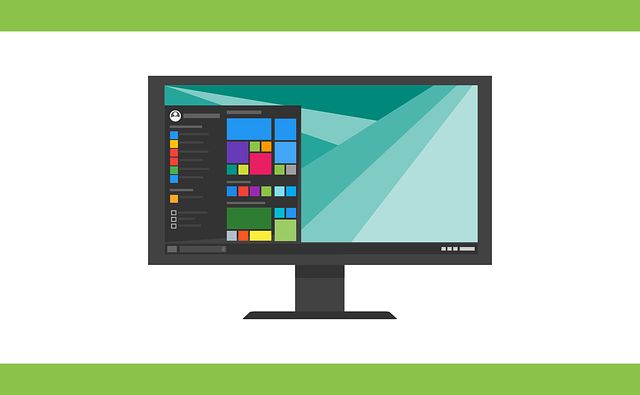Troubleshooting operating systems can be a complex and time-consuming task. However, with the right approach, the source of the problem can be quickly identified and a suitable solution found. The first step in any troubleshooting process is to identify the symptoms of the problem. This can be anything from error messages to slow performance or unexpected behaviour. Once the symptoms have been identified, the next step is to identify the cause of the problem. This can involve a variety of tasks, including checking log files, running diagnostic tests and searching for known problems with the operating system. Once the cause of the problem has been identified, a suitable solution can be found. Solutions can range from installing updates and patches to restoring hardware configurations or even disabling problematic applications and drivers. Once the problem has been solved, it is important to take steps to prevent it from happening again. This may include implementing monitoring measures, implementing security measures or regularly updating software and firmware. By taking these steps, you can ensure that your operating system remains stable and protected against future problems.
It is also important to note that if the problem persists despite your best efforts, an experienced technician may be needed to fix it. A consultation with a specialist can help ensure that the problem is pinpointed and resolved in a timely manner. In any case, troubleshooting operating systems is an essential skill for anyone who wants to keep their systems stable and secure. By taking the time to properly diagnose and resolve problems, you can ensure that your operating system remains reliable and secure for many years.








